
Yaquina Head Lighthouse ,Newport, OR
Lighthouses have often had a romantic and storied aura about them and they remain just as alluring today as they have in our nation’s past. Although numerous lighthouses are no longer in use, they still draw visitors to the edge of the oceans and nearby cliffs.

The Yaquina Head Lighthouse is located north of Newport, at Yaquina Head Outstanding Natural Area. If you are a photographer, plan to stop several times during the approach to the main parking lot as the views are excellent from a variety of vantage points.
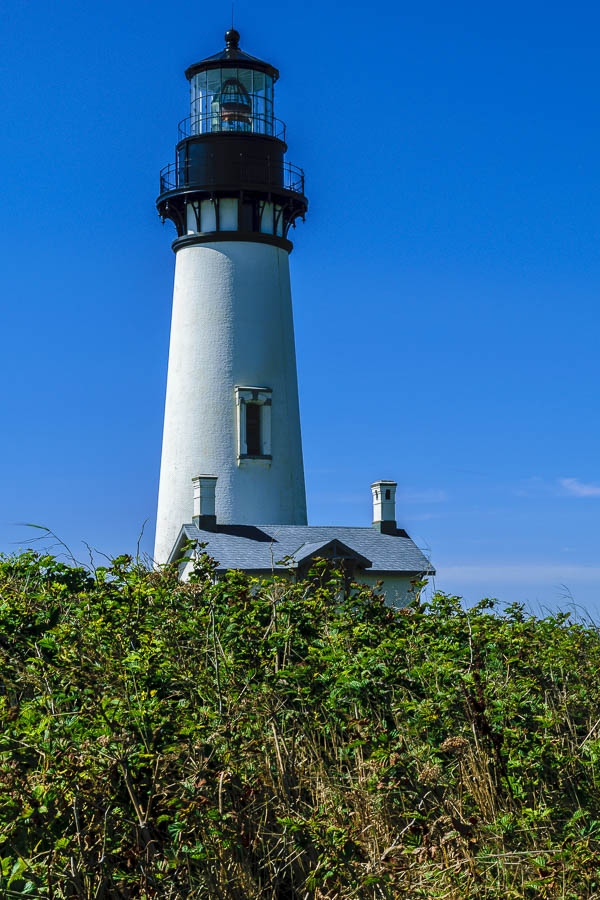
If the day is busy, it will be a challenge to take photos without numbers of tourists in and around the lighthouse, but careful framing can keep the focus on the lighthouse itself.

Ocean views provide their own beauty!
The lighthouse isn’t the only photo-worthy subject as the ocean cliffs and rock formations against the grassy bluffs provide another form of beauty!
Just a short 20-plus minutes south brought us to another noted stop, Seal Rock. It was a pretty ocean front park with several magnificent rock formations. We didn’t see any seals this day, but the sunlight was most welcome.
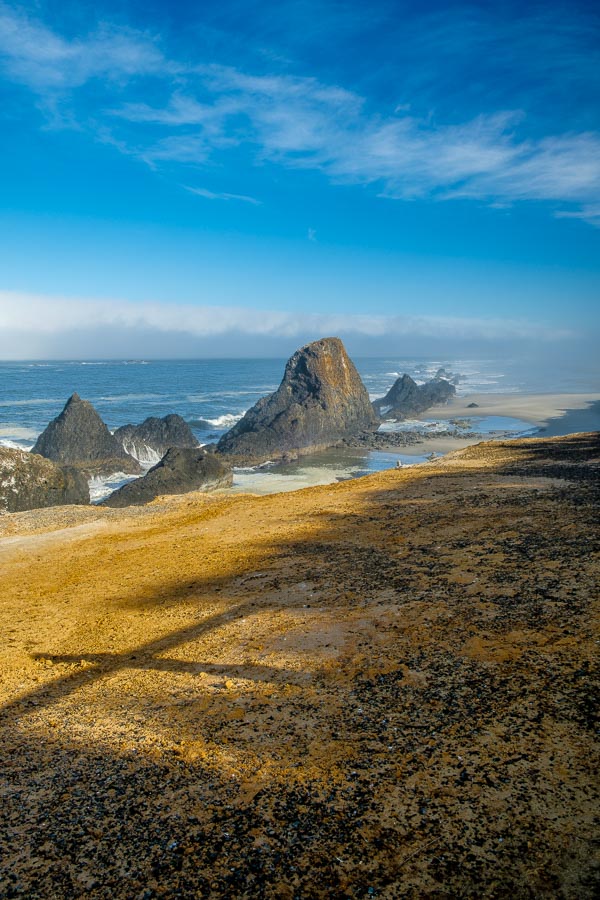
Seal Rock Recreation Site with the morning sun breaking through

While the seals were not present this morning…
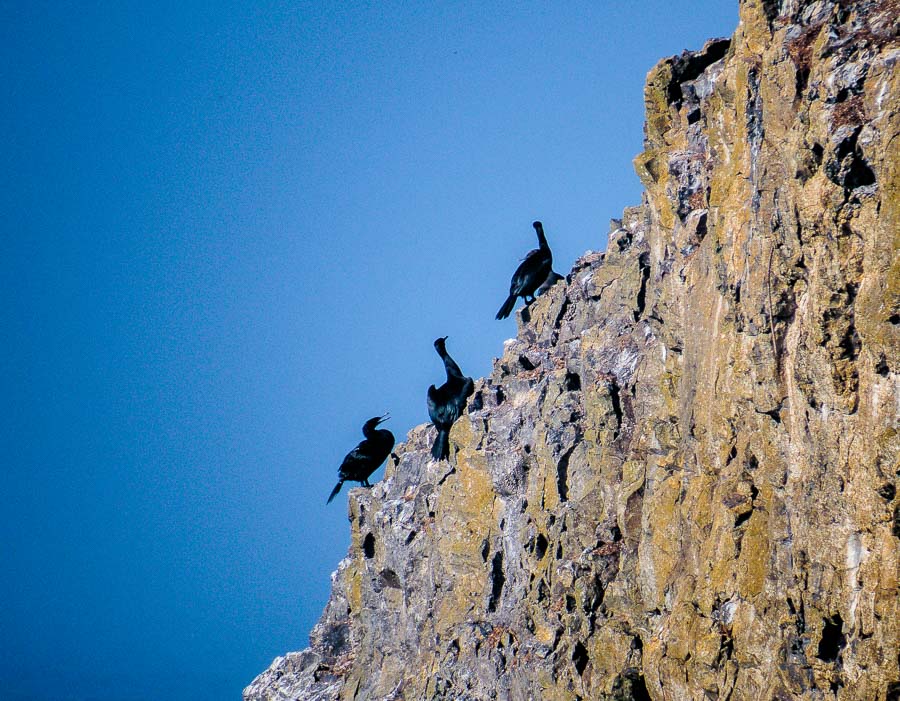
the Cormorants and Seagulls were enjoying the warmth of the sun!

I enjoy unique and different buildings and Yachats had a historic church that was hewn from local timbers erected in the shape of a cross in 1930. The church was not open for visitors when we arrived, but I took a photograph to record the stop.
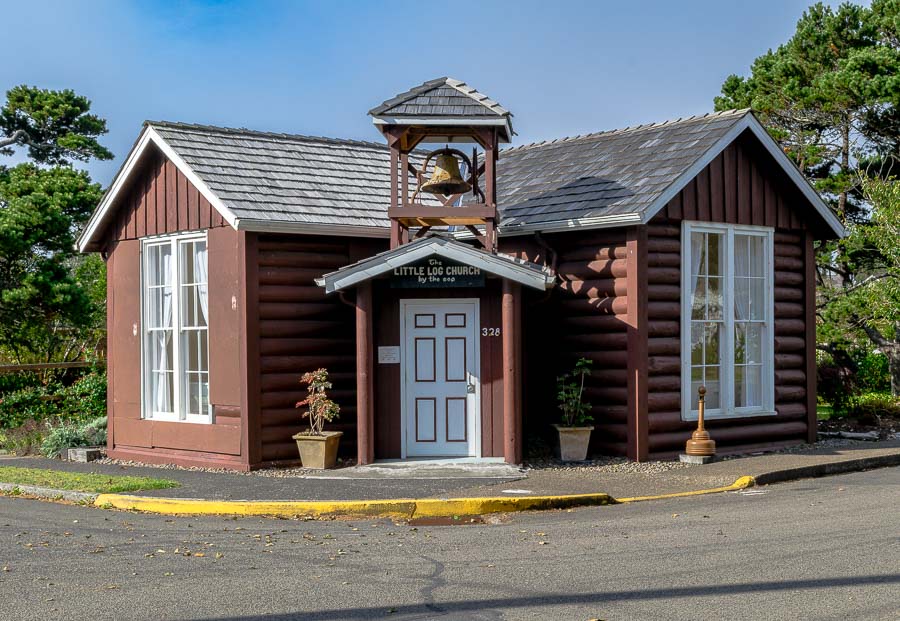
Just north of the Cape Perpetua Visitor’s Center, we stopped to investigate the Devil’s Churn. With a name like that, who could resist? This inlet is noted for the rushing, churning waters.
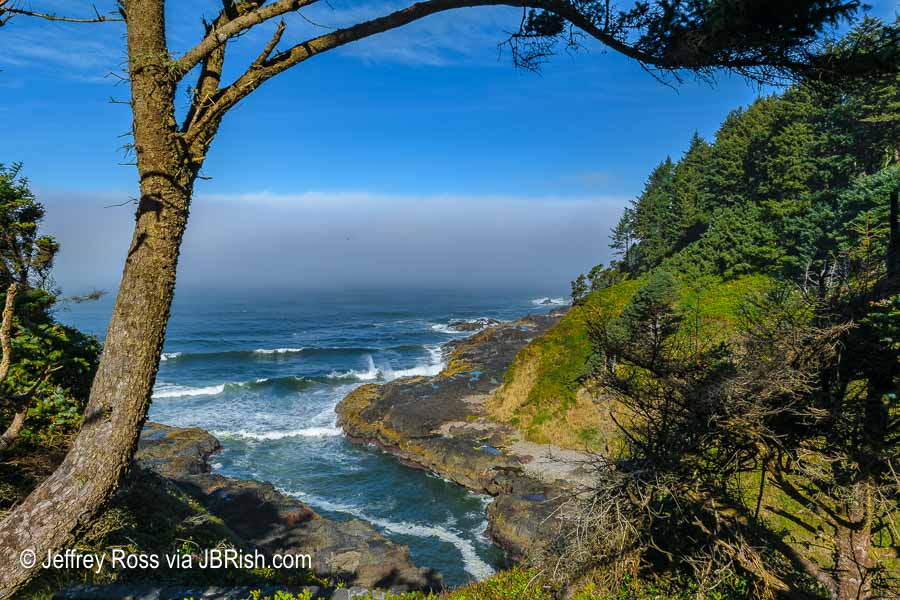
One area that we found worthy of longer exploration was Cape Perpetua.
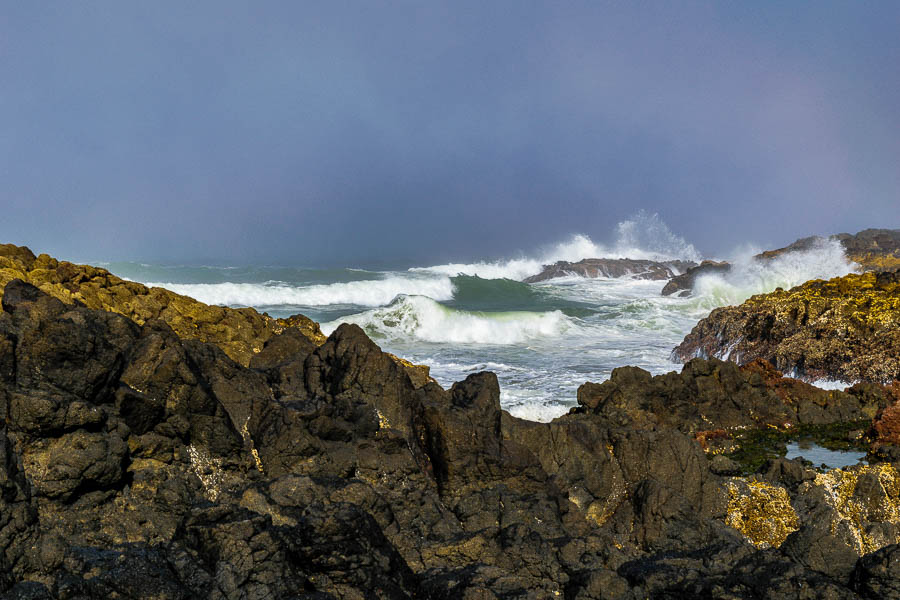
The Power of the Pacific could be felt at Cape Perpetua
There were numerous tide pools and basins for the curious!
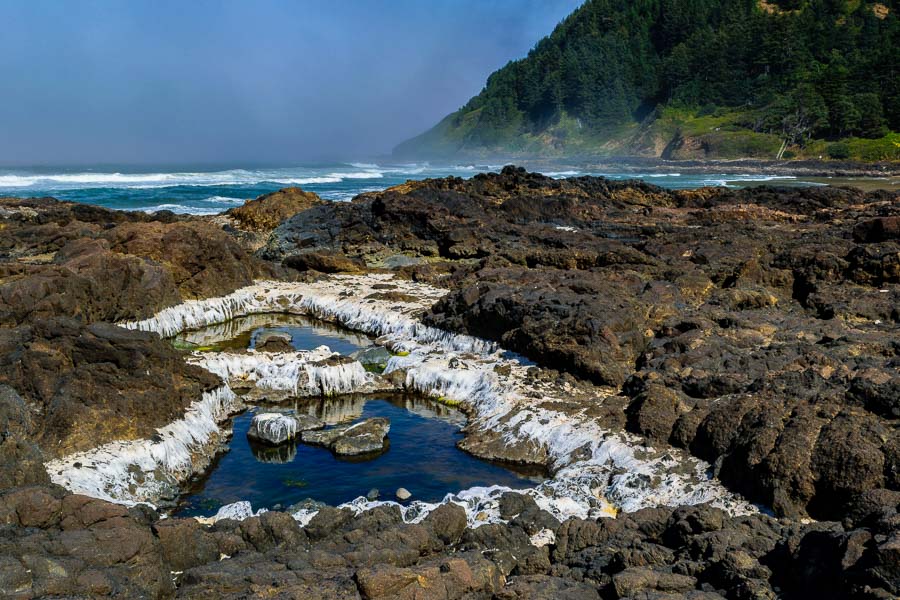
One intriguing, highly touted attraction was Thor’s Well (below). The depression is best seen during higher tides, but was interesting enough for us as water gushed up from beneath the hole in the rocky formation. At higher tides, the water spills into the hole creating an interesting visual effect – see photos HERE.
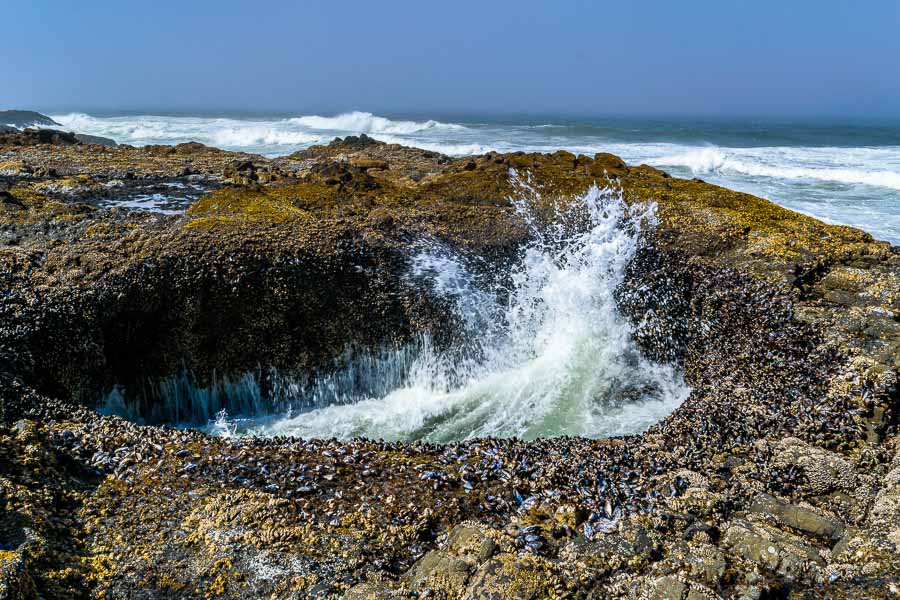
We also spent time exploring the tide pools and enjoying the beautiful creatures that live within. These anemones were a deep emerald green color!
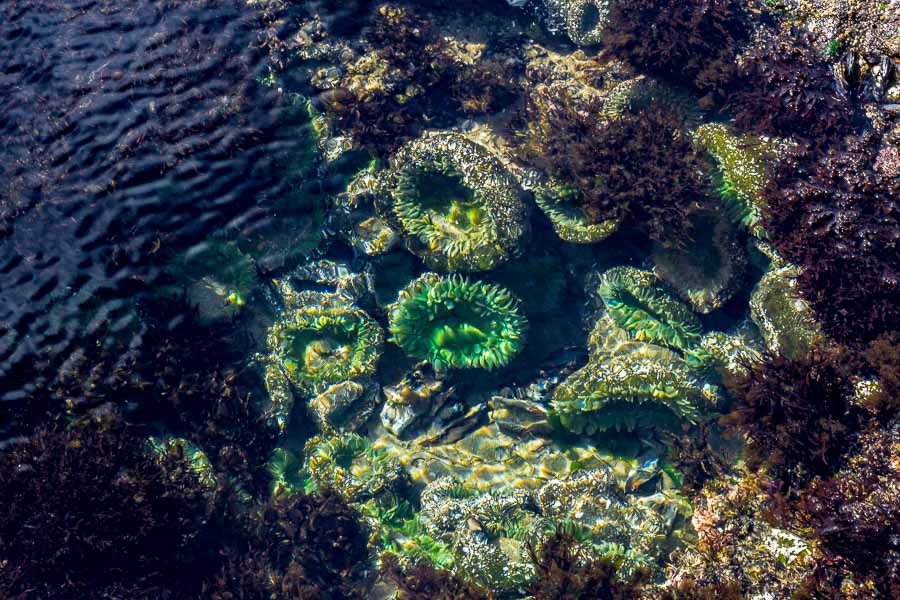
It was time to check our itinerary and head to our next stop; the Heceta Head Lighthouse.
**********
Read previous posts about our adventures hiking and exploring in Oregon:
Exploring Astoria, Oregon – Part 1
Exploring Astoria, Oregon – Part 2
Exploring Astoria, Oregon – Part 3
Adventures in Oregon: Warrenton to Seaside
Adventures in Oregon: Hiking at Indian Beach
Adventures in Oregon: Views from Ecola Point
Adventures in Oregon: Movin’ On Down the Road
Adventures in Oregon: Garibaldi’s Graces and Pier
Adventures in Oregon: Tillamook – Cape Meares Lighthouse
Adventures in Oregon: Pacific City, Neskowin & Lincoln City
Adventures in Oregon: Cascade Head and Hart’s Cove in Lincoln City
Adventures in Oregon: Cape Foulweather & Drift Creek Falls
Read more Hiking and Exploration posts HERE
**********
All original content on this blog is copyrighted by Jeffrey B. Ross with ALL Rights Reserved. While reference links back to JBRish.com are appreciated and encouraged, please acquire approval for any reproduction of original content from this website.
©Jeffrey B. Ross – 2018 – JBRish.com
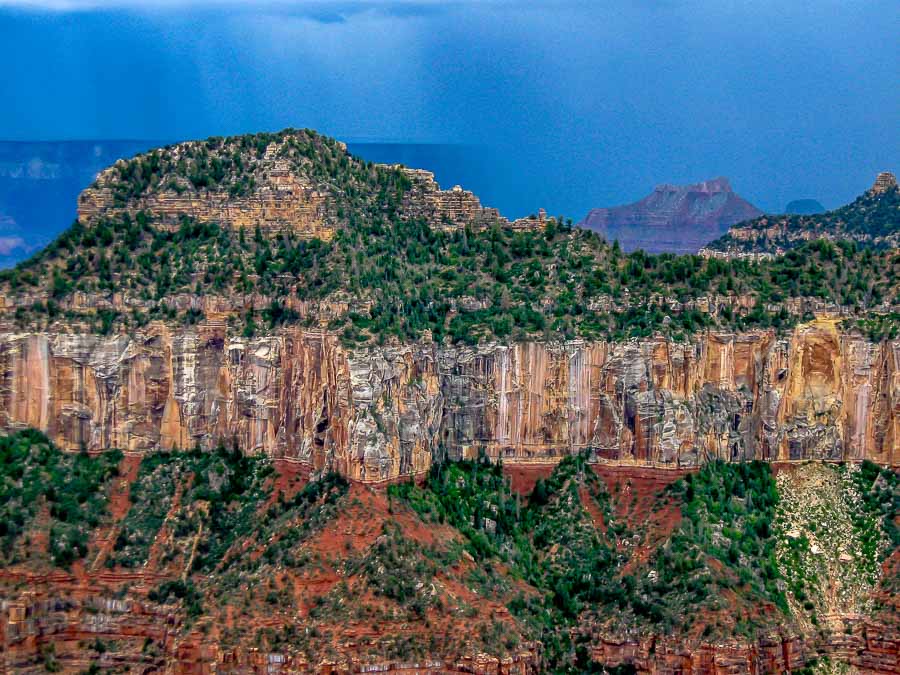

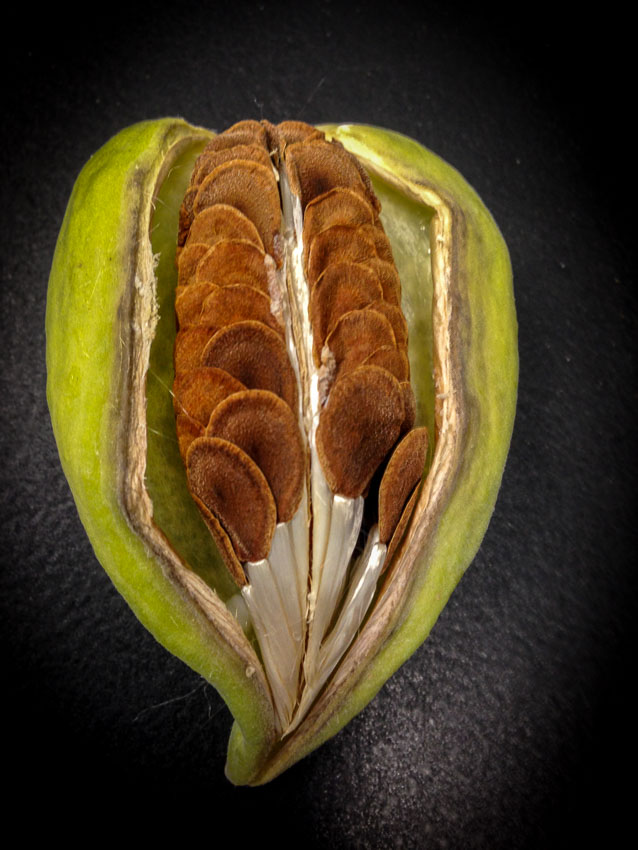
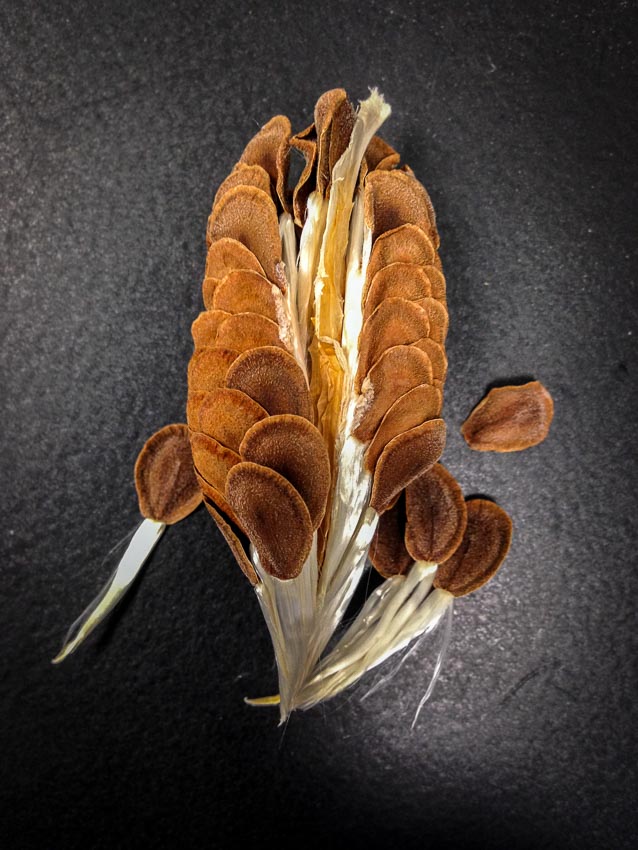
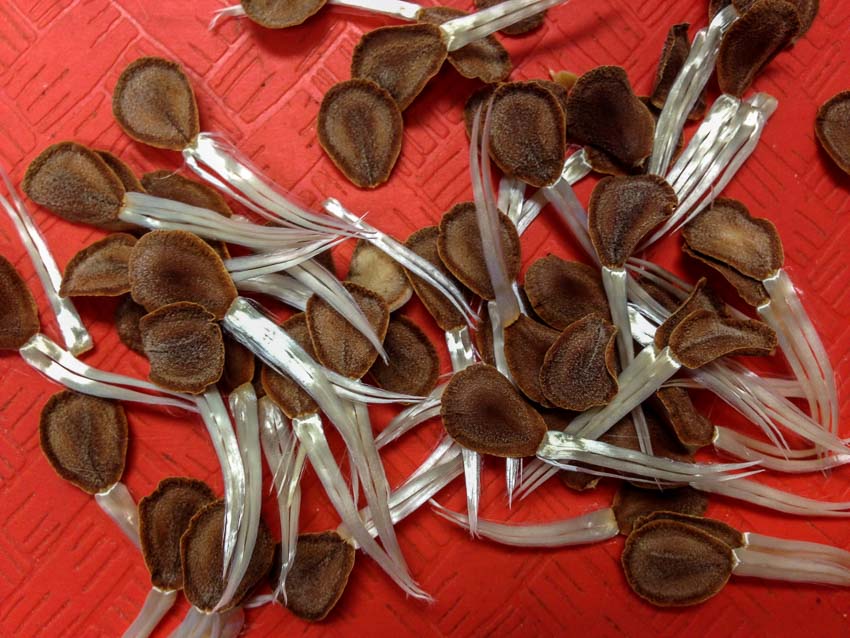

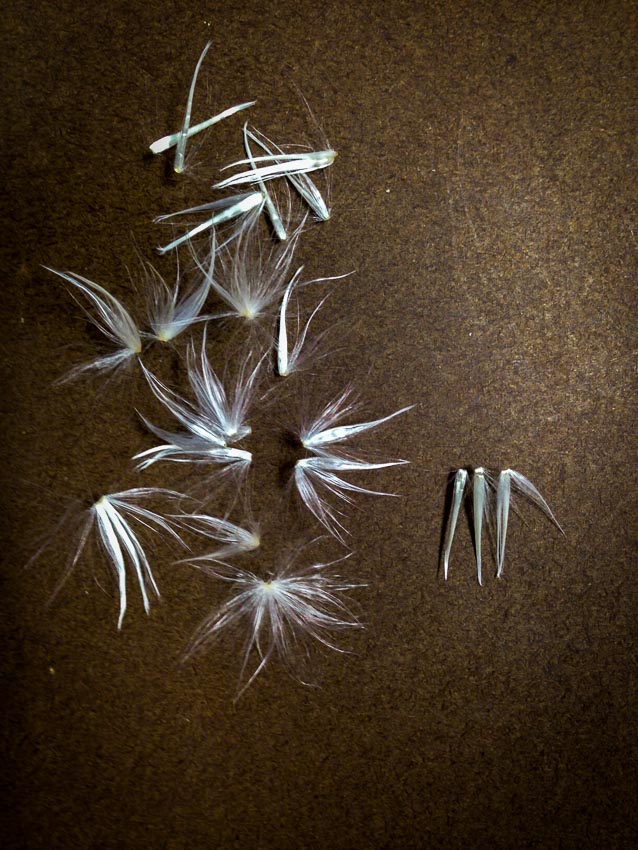
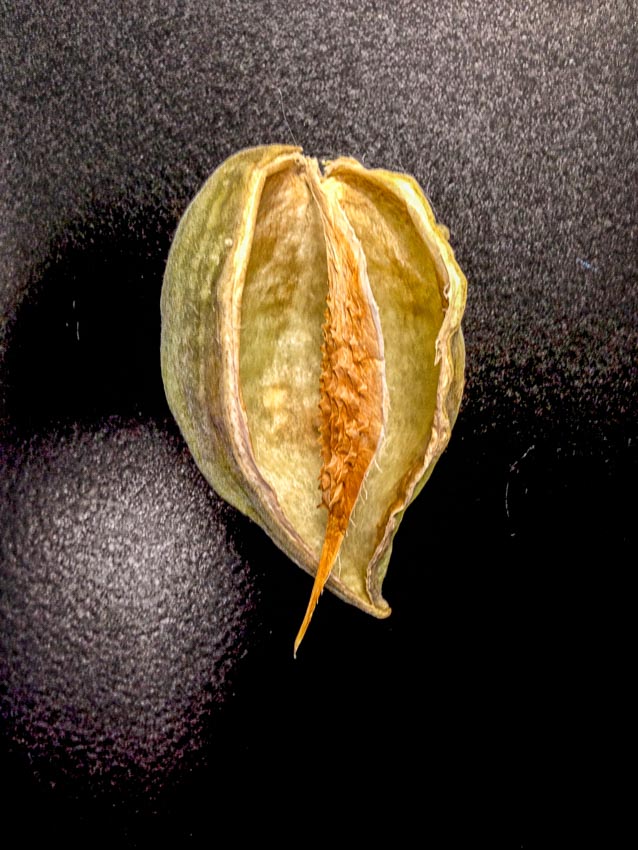
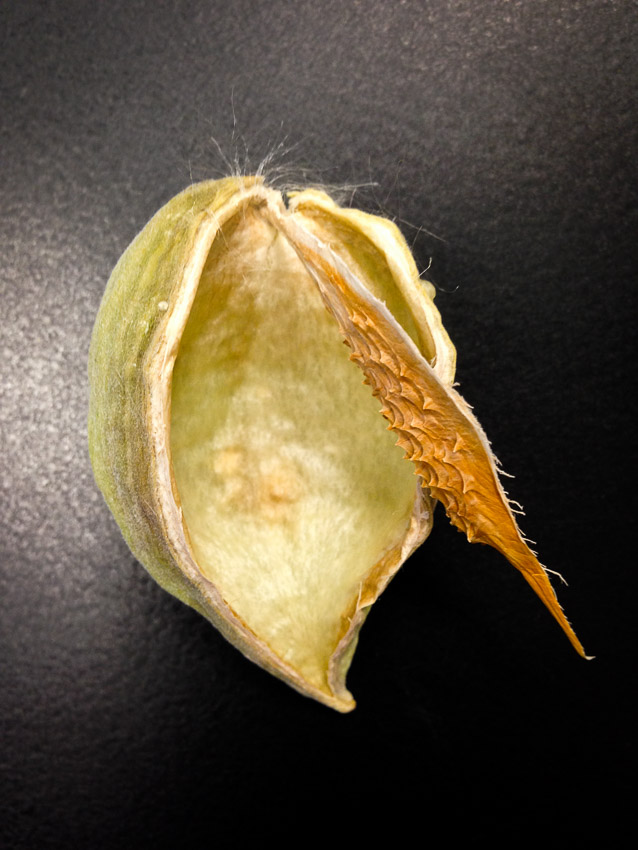
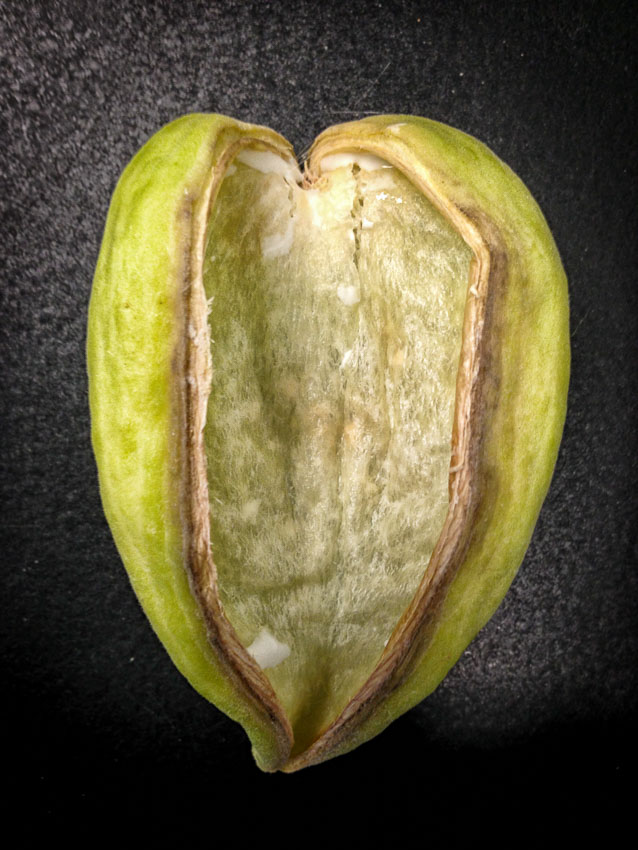
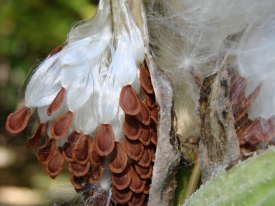
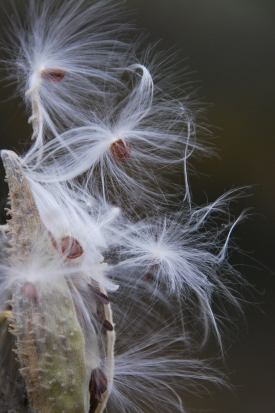
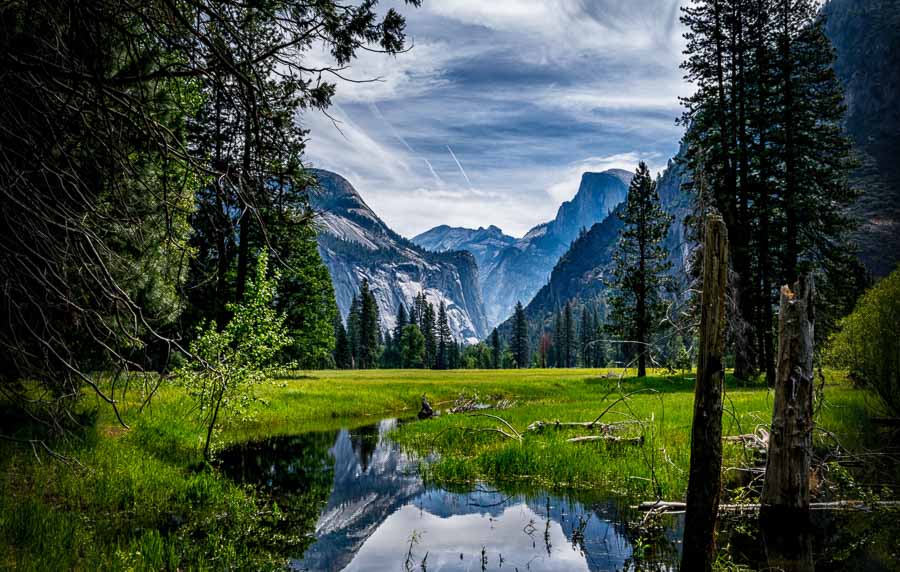 Even among the debris, nature leaves behind, beauty stands out!
Even among the debris, nature leaves behind, beauty stands out!